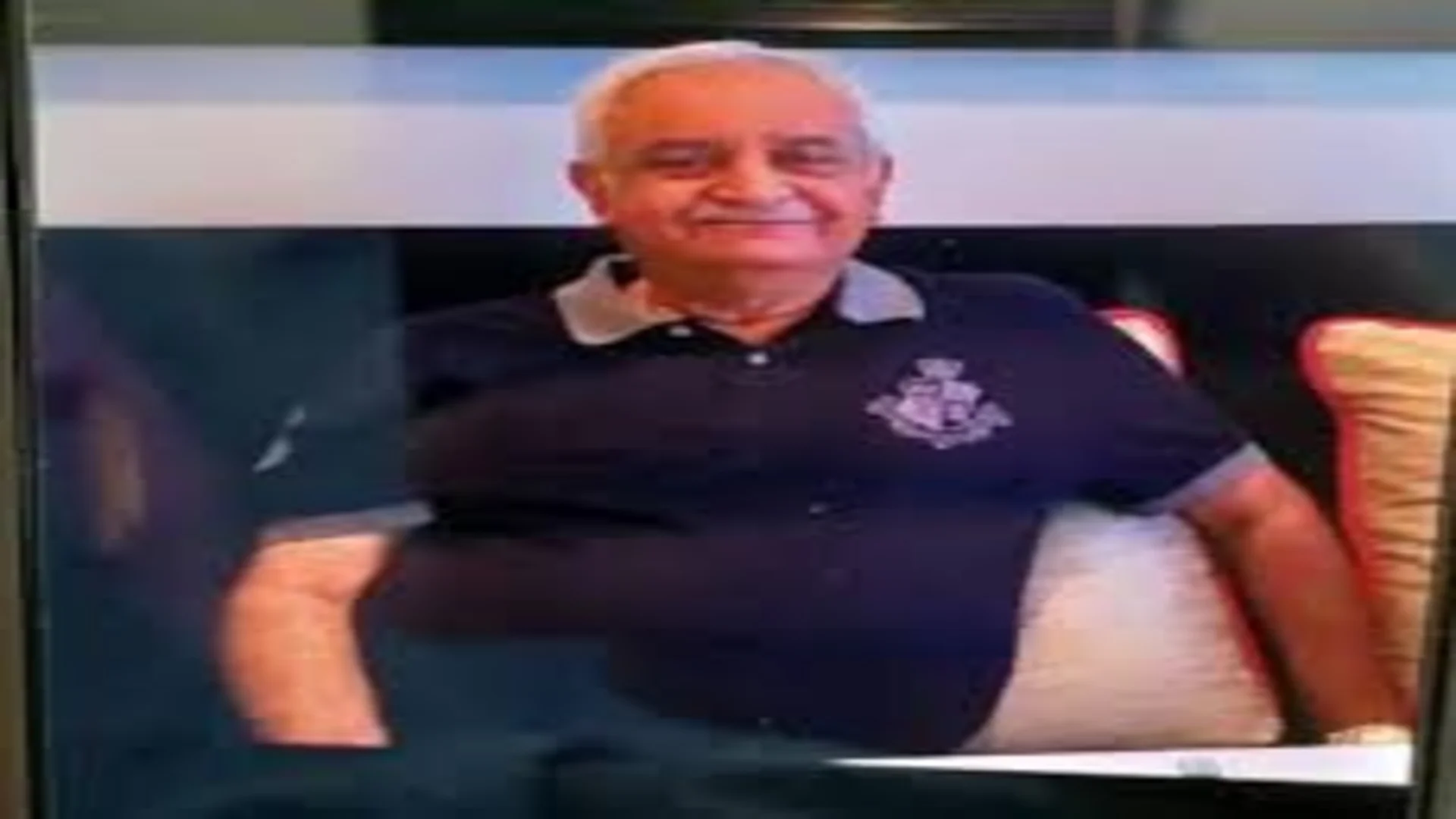
To look back and reminisce, relive a fond memory, or recall a thought, perhaps lost in our consciousness seems like a deeply personal experience; one that can only be experienced by the thinker. The funny thing about memory, however, is that the act of remembering might be unique to an individual, but memories themselves play into a larger collective consciousness. And how do we know this? By examining the various facets of a memory— visuals, feelings, sounds, smells— and observing how they might be common for people across age, location, and contexts.
Contemporary artist Arushee Suri seeks to explore these very ideas in her practice. Her large-scale sculptures examine precisely how memory, so closely intertwined with sensorial input, create a unifying experience for those who encounter her art. Her practice is, in many ways, an attempt to bottle moments in time and relive them through abstracted means. However, what drives her isn’t only a sense of nostalgia, but a desire to make art accessible for all. Having worked with visually impaired and learning-disabled young adults, Suri was confronted with an intriguing thought: “During one of the workshops with the visually impaired, I asked one participant about dreams,” she shares, “His answer was that because he has not seen anything ever, he smells scents and hears sounds in his dreams”.
With this new perspective, Suri’s approach shifted to explore not just memory, but to recreate experiences and feelings through a sensorial lens. Her move from India to London provided an additional drive in this direction, where she felt increasingly impaired by the challenges of a new country. “Few scents and smells and moments reminded me of home and brought back memories, and of course, smiles,” she shares. Suri’s process emerges from this feeling of being visually hindered. Her process begins with ‘blind drawings’ where she covers her eyes to create various forms on paper using braille and other material to add a textural element to her sketches. Suri eventually converts these into sculptural forms, adding beads, thread, fur and even essential oils to further allow audiences to touch and engage with her work. Her sculptures seek to defy the “Don’t touch the exhibit” warnings within gallery spaces by allowing people to experience art in a multitude of ways, particular those who are differently abled. “My aim is not to exclude anyone or put them in a special category, instead let them feel a part of it and experience the work by their senses of smell, touch, and hearing or just by seeing”. Jasmine and petrichor, scents she employs in Memories of a Mild and Gentle Breeze and the Smell of Rain II exhibited at NAE, Nottingham though sniffed by many, trigger different reactions and act as a conversation starter amongst her audiences. “Most of the western audience does not understand the smell of wet mud. Some connect the smell of cinnamon and other spices to Christmas. It makes me realise how each smell has its own memory attached to it in different cultures and regions,” she says.
What emerges is not a single experience of Suri’s art, but a jumping off point to engage with common experiences, thoughts, and ideas that seek to bring people together through a process of discovery.















